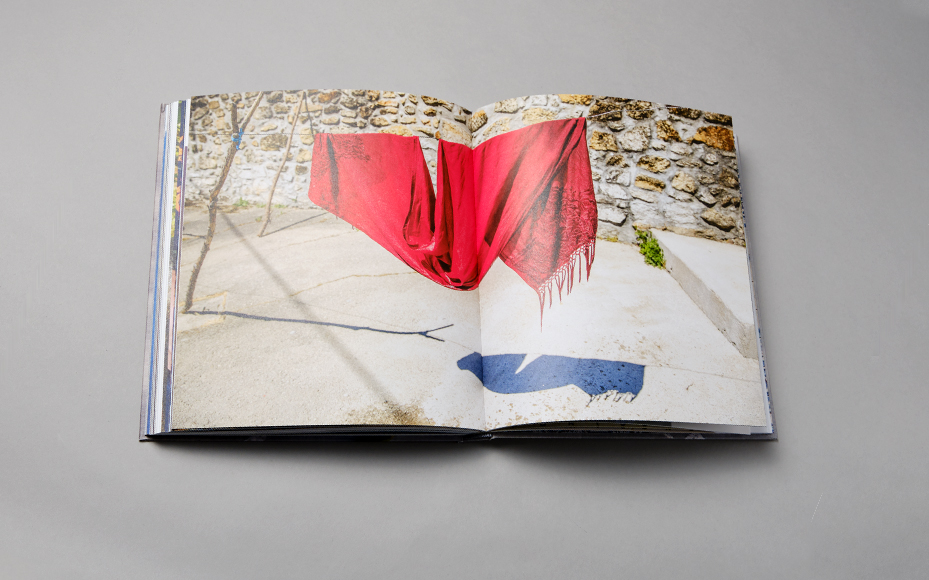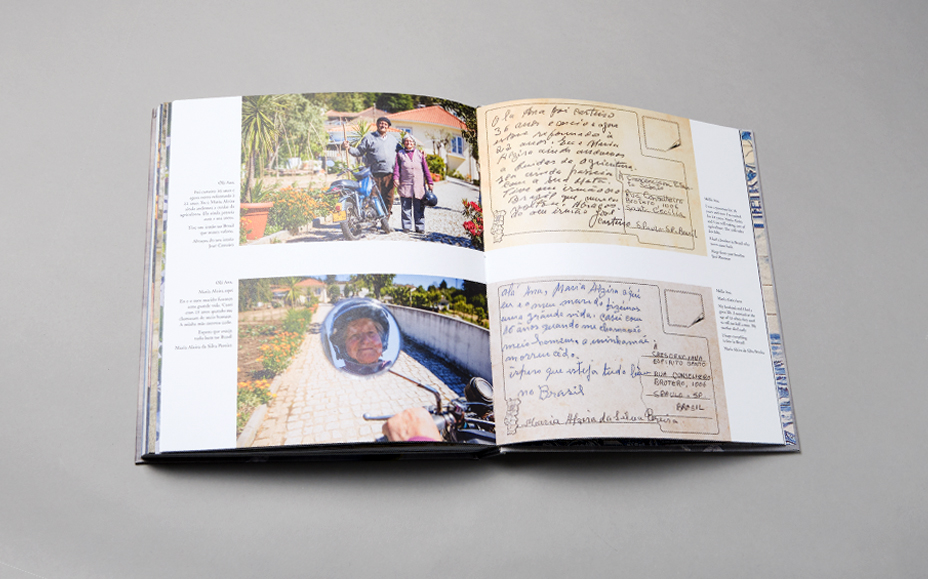In this newly published book, award-winning Brazilian photographer Leticia Valverdes tells a universal tale of twentieth-century Portuguese-Brazilian immigration. Leticia captures the longing and nostalgia felt for one’s homeland through the story of her grandmother Ana, who always longed to return to the Portuguese village of her birth place, Mundão, but never got the chance. As a tribute, Leticia travelled to the village and invited the locals to write a postcard to her now-dead grandmother. In doing this, the villagers became the fictional Portuguese friends Ana dreamed she had whilst dying from Alzheimers in Brazil. Leticia’s sensitive photography tells a moving and bittersweet journey of loss and love and describes the duality of longing and belonging. Hurtwood Press sits down with Leticia to find out more…

You have a very unique approach to your craft, how would you define yourself as a photographer?
I would like to think I am an artist that has empathy and compassion. I love humans in all their humanness. I grew up in a country of huge social contrasts. I was a sensitive child and, from a young age, I was extremely aware of ‘the other’. And, more recently, I have become increasingly aware of the impact of us humans on the planet. So, I would say I use photography as a tool as it allows me to interact with people and nature.

Dear Ana is a touching story, told through the sensitive use of photography. Can you tell us about the role storytelling plays in your work?
Even though my work tends to be presented in the medium of photography, photo stills are one aspect of the stories that I aim to tell. Every project seems to start with a heart-led intention which leads to the meaningful interactions I have with my collaborators. In the case of ‘Dear Ana’, with a whole village. I never quite know what the final results will look like. In this type of work, there must be room for the spontaneity of the contributions. But I always bring tools that enable those creations to materialise in some shape or form. So through performance, storytelling, somatic work, dressing up, music, writing and make-believe, we recount stories and explore themes that might be important to that specific group and to myself. This means that the process of creation is as important as the final result. But I like us to strive for beauty all the way and always end up with something unique that elevates us out of our mundanity. As the villagers of Mundão used to say, we were ‘making art, creating romance’.

How does Dear Ana preserve and immortalise your grandmother’s legacy?
Ana was a simple woman and, like so many of her generation, she lived a life of unfulfilled dreams. One of those dreams was to go back to her motherland which did not happen in that life. Through the collaboration with the villagers and a touch of magic realism we recounted the story of my granny’s life had she not left. Cathartically, each villager had a role to play as the ‘actors’ in the unwritten play of her life. Together, we explored migration, poverty, memory and death, always permeated by the deep feeling of ‘saudade’ (longing) that links the Brazilian and Portuguese psyche.
This is a very personal story of what it feels to be divided between cultures. Which is how I now live myself. We women carry the immaterial legacy of our families. Instinctively, we share our truths. With Dear Ana a family wound was healed, a story retold.
Photographs from Dear Ana will form part of a group exhibition at the Brazilian Embassy, London 25th from November to 8th December. Sign up here to receive updates on the book or exhibition.
Words by Hurtwood.
Click here to purchase Dear Ana.
Click here to view more of Leticia’s work.